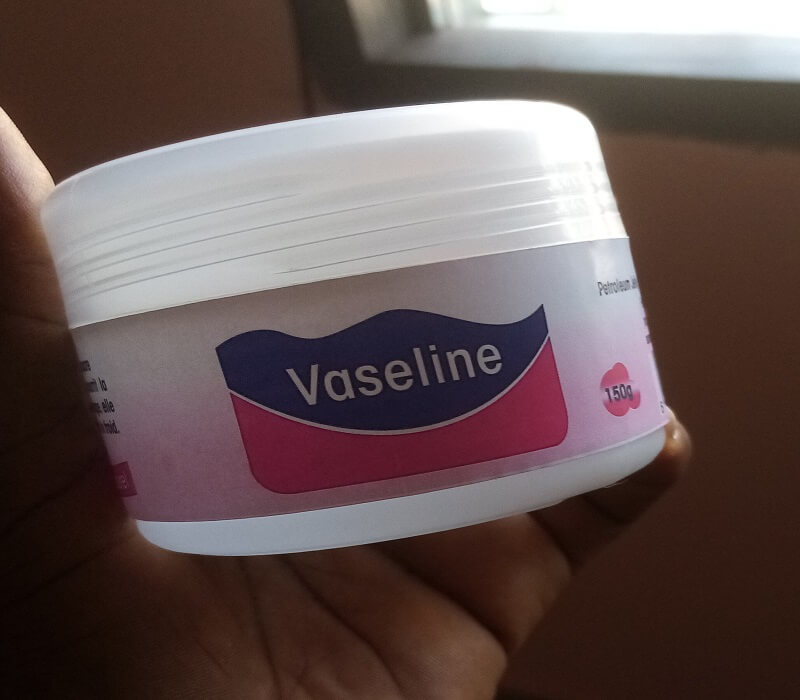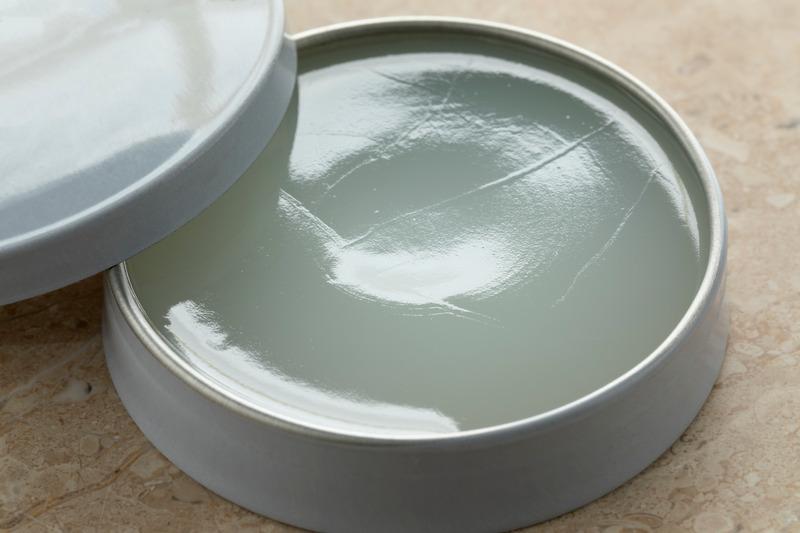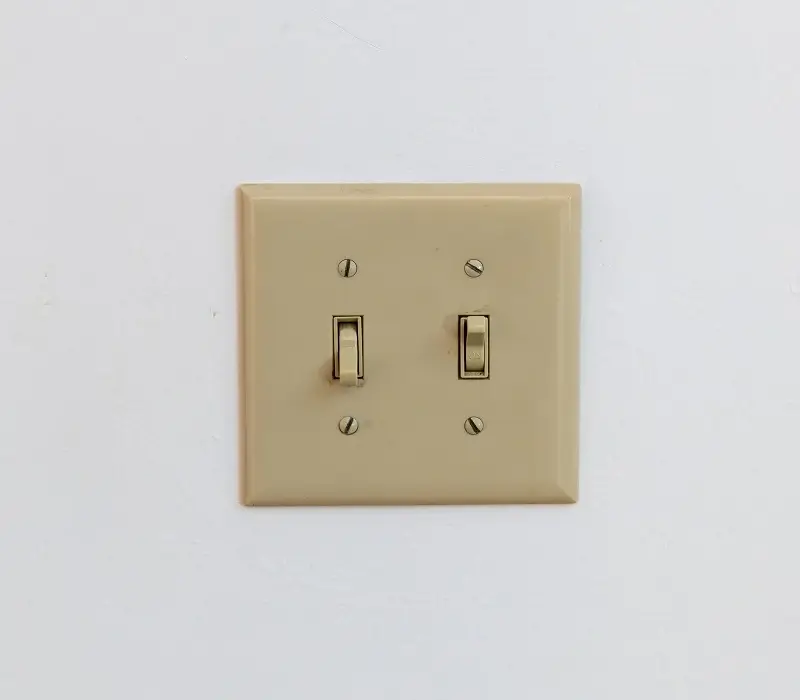
Vaseline is an excellent ointment that has been around for decades. It’s so effective that it has become a staple of our daily skincare routine.
However, despite its ease of use, removing a Vaseline stain from any surface is a different story. That’s because the main ingredient in Vaseline is petroleum. Since the latter is not water-soluble, typical cleaning methods are often ineffective. Now I want to tell you how to remove vaseline from plastic.
But I think I’m just repeating what you already know. However, what you don’t know is that we have brought you some fantastic cleaning hacks that will allow you to eliminate a Vaseline stain. And the best thing about these approaches is that they mostly use supplies that you already have at home. Without further ado, let’s get started.
Table of Contents
How to Remove Vaseline From Plastic, Glass & Walls Like a Pro
Removing Vaseline from plastic, glass, and walls can be a bit challenging, but with the right approach and some patience, it is definitely possible. Here are some methods you can try for each surface:
Plastic
- Start by gently scraping off excess Vaseline using a plastic spatula or a credit card. Be careful not to scratch the plastic.
- Apply a small amount of dish soap or a mild detergent onto a soft cloth or sponge.
- Gently scrub the affected area in a circular motion to lift the Vaseline.
- Rinse the plastic thoroughly with warm water.
- If any residue remains, you can try using rubbing alcohol or acetone (nail polish remover) on a cotton ball or cloth. Test it on a small, inconspicuous area first to make sure it doesn’t damage the plastic.
Glass
- Similar to plastic, start by scraping off excess Vaseline using a plastic scraper or card.
- Mix equal parts vinegar and water in a spray bottle.
- Spray the mixture onto the affected area and let it sit for a few minutes.
- Wipe the glass with a microfiber cloth or newspaper, using circular motions.
- If any residue persists, use a glass cleaner or rubbing alcohol on a cloth to remove it.
Walls
- Gently scrape off as much Vaseline as possible using a plastic scraper or card.
- Create a cleaning solution by mixing warm water with mild dish soap or a non-abrasive cleaner.
- Dip a clean sponge or cloth into the soapy water and wring out the excess.
- Blot the Vaseline stain gently, working from the outside toward the center to avoid spreading it further.
- Rinse the sponge or cloth frequently and continue blotting until the stain is removed.
- Finally, rinse the wall with clean water and pat it dry with a towel.
Remember to always test any cleaning solution on a small, inconspicuous area before applying it to the entire surface to ensure it doesn’t cause any damage or discoloration. Additionally, it’s important to be gentle while cleaning to avoid damaging the plastic, glass, or painted surface.
The 5 Most Effective Remedies for Vaseline Stains
Rubbing Alcohol
Rubbing alcohol (also known as isopropyl alcohol) is a fantastic cleanser readily accessible in almost every household. This product’s ability to disinfect surfaces is also noteworthy. It is suitable for use on plastic, glass, and painted walls. I sound like a salesman, right?
However, before using rubbing alcohol or any other cleaner, make sure to remove Vaseline excess to avoid spreading it onto clean sections of the surface. To do so, simply use a dull knife or a paper towel.
To clean a plastic or glass surface, we recommend soaking the stain in the product and wiping it with a lint-free cloth.
Remark: Make sure to use a lint-free cloth to prevent leaving streaks on the glass surface you wish to clean.
On the other hand, if the Vaseline stain you want to remove is on a painted wall, you’ll need to use a different approach.
Instead of rubbing the stain, soak a cotton ball in rubbing alcohol and blot the Vaseline off the wall until it’s gone. Then, rinse the surface, and you’re done!
Dawn Dish Soap
It sounds too good to be true, right? Probably. Nevertheless, Dawn dish soap is one of the best options for eliminating a Vaseline stain. It is not only easy to use but also widely available and safe for practically all surfaces.
Make a solution with warm water and Dawn dish soap. Dip a clean cloth into the solution and rub the Vaseline stain. If the stain refuses to come off by simply rubbing it, here’s what you should do instead.
Soak the spot with some vegetable oil, like olive oil, and let it sit for a while. Then, use Dawn and water to remove the Vaseline and the oil from the surface.
After that, simply rinse with clean water and blot dry the area.
Related: Is it Safe to Use Rubbing Alcohol to Remove Stains from a Carpet?
Vinegar
What if I told you that the product you need to remove a Vaseline stain is already in your kitchen? That’s right. I’m referring to vinegar.
What’s cool about this approach is that you won’t have to exert much effort to remove the unsightly Vaseline stain on your plastic, glass, or wall.
In a spray bottle, make a solution of equal parts white vinegar and warm water. Apply the solution to the Vaseline stain and let it sit for 5 to 15 minutes. Rinse the surface with clean water and dry it with a microfiber towel.
If you don’t have a spray bottle on hand, you can make the solution in a bowl instead. Then, dip a clean cloth into the solution and proceed as you would with a spray bottle.
WD-40
Up until now, all I’ve done is share with you DIY techniques for removing a Vaseline stain. But I get it. DIY techniques aren’t everyone’s strong suit. That’s why we’d like to share something different with you.
For those unfamiliar with WD-40 (also known as Water Displacement, 40th formula), it’s a product used as a lubricant, rust preventative, moisture displacer, and stain remover.
On top of its great flexibility, it is also quite simple to use. All you have to do is spray the Vaseline stain and let the product sit for 5 to 15 minutes before wiping it away. Then, rinse the area with cold water and dry it using a microfiber towel.
Related: How to Remove WD40 Residue & Smell
Acetone
Acetone is another powerful solvent that you can use to remove stubborn stains. This product will easily cut through grease, wax, paint, and many other materials.
Since petroleum jelly is made of a mixture of mineral oils and waxes, using acetone will provide excellent results.
Apply acetone to the stained glass area using a cotton swab or cotton ball, and wipe it off with a dry towel. Avoid leaving the substance on the glass for too long, as prolonged exposure can cause damage.
Unfortunately, this procedure cannot be used on painted walls or plastic surfaces. Because acetone is too abrasive, it is more likely to soften, smear, or even dissolve plastic.
On the other hand, using it on a painted wall will remove both the stain and the paint.

Warning!
Please keep in mind that acetone is a caustic chemical. As a result, using it without protection can lead to some health issues.
When acetone comes into contact with skin, it is more likely to cause skin irritation, dryness, redness, and inflammation. It’s also worth noting that inhaling acetone can harm one’s health.
As a result, before using this product, please wear rubber gloves and ensure adequate ventilation within your workspace.
Conclusion
There you have it—a list of handy tips for removing Vaseline from plastic, glass, and walls.
If you have any questions concerning Vaseline stains or any of the methods suggested above, please leave a comment below, and we will get back to you as soon as possible.
What will remove petroleum jelly?
Petroleum jelly can be removed using a variety of common household items. Dish soap, white vinegar, or a mixture of dish soap and warm water can be effective for breaking down and cleaning petroleum jelly. Apply the chosen solution to the affected area, let it sit for a few minutes, and then gently blot or wipe away the petroleum jelly with a clean cloth or sponge.
How do you remove petroleum jelly from plastic?
To remove petroleum jelly from plastic, you can follow these steps:
Scrape Off Excess: Use a plastic or wooden tool to gently scrape off any excess petroleum jelly.
Dish Soap Solution: Mix a solution of warm water and a few drops of dish soap.
Apply Solution: Dip a soft cloth or sponge into the soapy water and gently rub the petroleum jelly stain.
Rinse: Wipe the area with a clean, damp cloth to remove the soap residue.
Dry: Pat the plastic dry with a clean, dry cloth.
Does water remove Vaseline?
Water alone may not effectively remove Vaseline (petroleum jelly) since petroleum jelly is not water-soluble. You may need a cleaning agent like soap or a degreaser to break down and remove the Vaseline. Using a solution of warm water and dish soap or a commercial degreaser can be more effective in cleaning surfaces contaminated with Vaseline.
How do you get Vaseline off surfaces?
To remove Vaseline from surfaces, follow these steps:
Scrape Off Excess: Use a plastic or wooden tool to gently scrape off any excess Vaseline.
Warm, Soapy Water: Mix a solution of warm water and a few drops of dish soap.
Apply Solution: Dip a soft cloth or sponge into the soapy water and gently rub the Vaseline-stained area.
Rinse: Wipe the area with a clean, damp cloth to remove soap residue.
Dry: Pat the surface dry with a clean, dry cloth.
Does Vaseline restore plastic?
Vaseline (petroleum jelly) can provide a temporary shine to plastic surfaces, making them appear more polished. However, this effect is not a restoration of the plastic itself. Vaseline does not have long-term rejuvenating properties for plastic and may attract dust and dirt over time. For actual restoration and protection of plastic surfaces, consider using products specifically designed for that purpose.
We're an affiliate
We hope you love the products we recommend! Just so you know, CleanyHome.com is a participant in the Amazon Services LLC Associates Program, an affiliate advertising program designed to provide a means for sites to earn advertising fees by linking to Amazon.com.

![How to Get Rid of Spiders in the Basement [9 Effective Tips]](https://supercleanworldall.com/wp-content/uploads/2021/07/depositphotos_125531742-stock-illustration-the-pattern-with-spiders.jpg)
